SOURCE: RAUNAK KUNDE / NEWS BEAT / IDRW.ORG

The Combat Vehicles Research and Development Establishment (CVRDE), a premier lab under India’s Defence Research and Development Organisation (DRDO), has announced plans to develop a new 700HP engine specifically tailored for the Zorawar Light Tank. This initiative comes as the Zorawar project moves towards full-scale production, aiming to enhance the tank’s performance on India’s rugged terrains.
The current prototype of the Zorawar Light Tank is powered by an American-made Cummins 750HP engine. This same engine is slated to equip the first batch of 59 units. However, looking ahead to the broader production phase, where 240 more units are expected to be manufactured, CVRDE has proposed an indigenous solution with its 700HP engine.
Continue readingSOURCE: AFI

In an exciting development for India’s defence sector, the Archer NG, a Medium Altitude Long Endurance (MALE) Unmanned Aerial Vehicle (UAV), is on the brink of conducting its first flight. Sources indicate that the UAV has successfully completed both low-speed and high-speed taxi trials, setting the stage for its maiden sortie likely in February.
The completion of these trials is crucial as they simulate the conditions of actual flight, testing the aircraft’s systems under controlled ground conditions. Low-speed taxi trials ensure that the UAV can handle basic movement, steering, and braking, while high-speed trials test the integrity of the airframe, control surfaces, and propulsion at near-flight speeds.
Continue readingSOURCE: AFI

India’s Advanced Medium Combat Aircraft (AMCA) program has laid a strong foundation for the development of advanced aviation technologies. As the global focus shifts towards 6th generation fighter jets, India can accelerate its transition by migrating critical technologies from the AMCA to its future 6th generation fighter jet program. By building upon proven technologies, India can reduce development time and cost while achieving a competitive edge.
Features like Radar Absorbent Materials (RAM), internal weapons bays, and a low radar cross-section (RCS) design of the AMCA can be carried forward into 6th Gen Adaptation with Enhanced stealth with active cloaking systems, dynamic skin that adjusts RCS, and advanced multispectral camouflage for infrared and radar invisibility.
Continue readingSOURCE: AFI
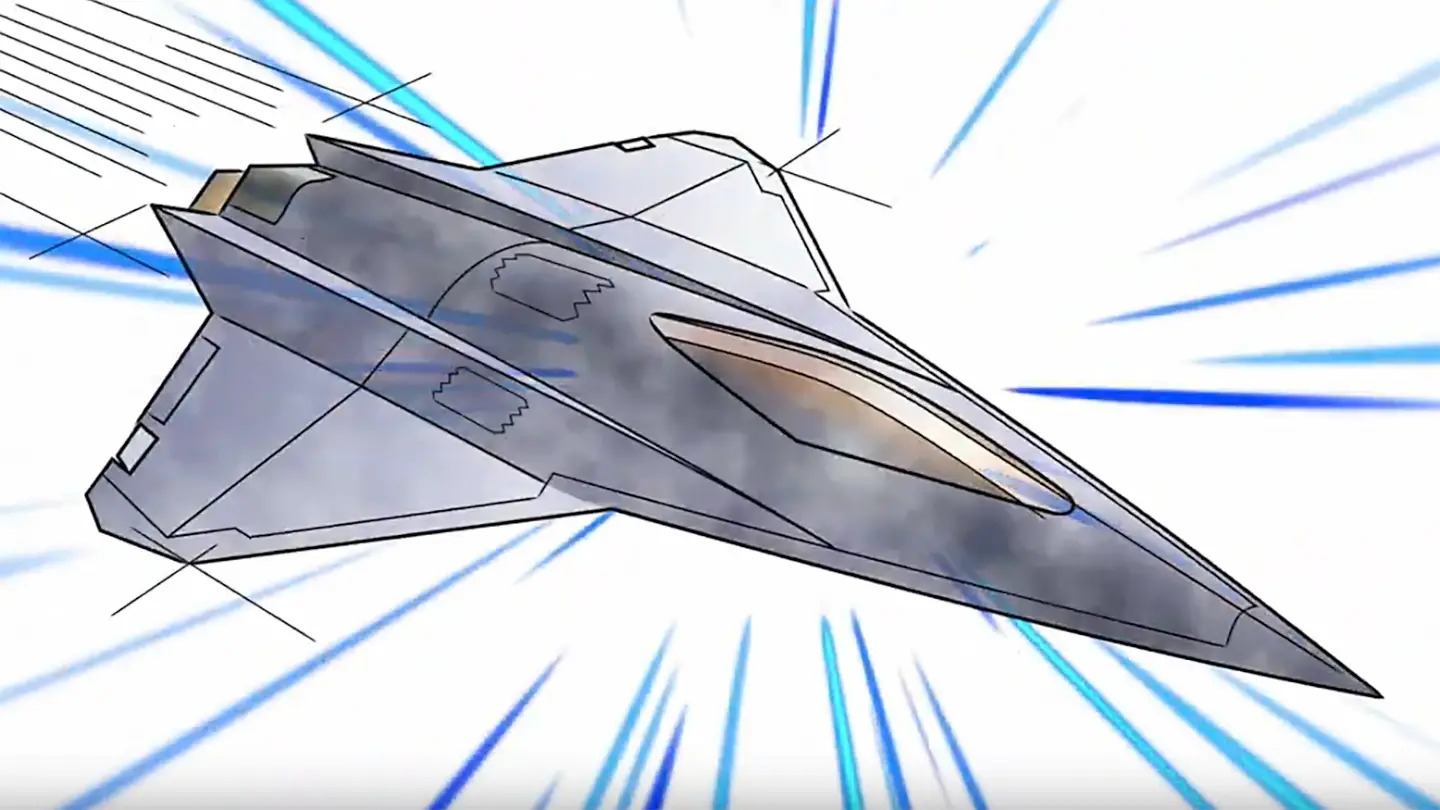
The U.S. Air Force’s Next Generation Air Dominance (NGAD) program, shrouded in secrecy, is now believed to be leaning towards a single-engine configuration. This shift is based on the integration of the General Electric XA100 engine, which offers a thrust of 200 kN, potentially redefining the future of American air superiority.
Moving away from the traditional twin-engine setups seen in many modern fighters, the NGAD might employ a single XA100 engine. This choice could be influenced by advancements in engine technology, allowing for sufficient power and reliability from one source, potentially reducing weight, maintenance costs, and complexity.
Continue readingSOURCE: AFI
Kolkata-based Sisir Radar has recently achieved a significant milestone in remote sensing technology by successfully operating their L-band Synthetic Aperture Radar (SAR) on a newly developed drone platform. This achievement marks a substantial advancement in high-resolution imaging capabilities for various applications.
The drone platform, designed and built in-house by the Sisir Radar team, prioritizes stability, even in challenging weather conditions. This robust design is crucial for acquiring consistent and high-quality SAR data. The L-band SAR system captured imagery in HH polarization, achieving an impressive resolution of 1 meter in both azimuth and slant range. This level of detail allows for precise observation and analysis of ground features.
Continue readingSOURCE: IDRW.ORG
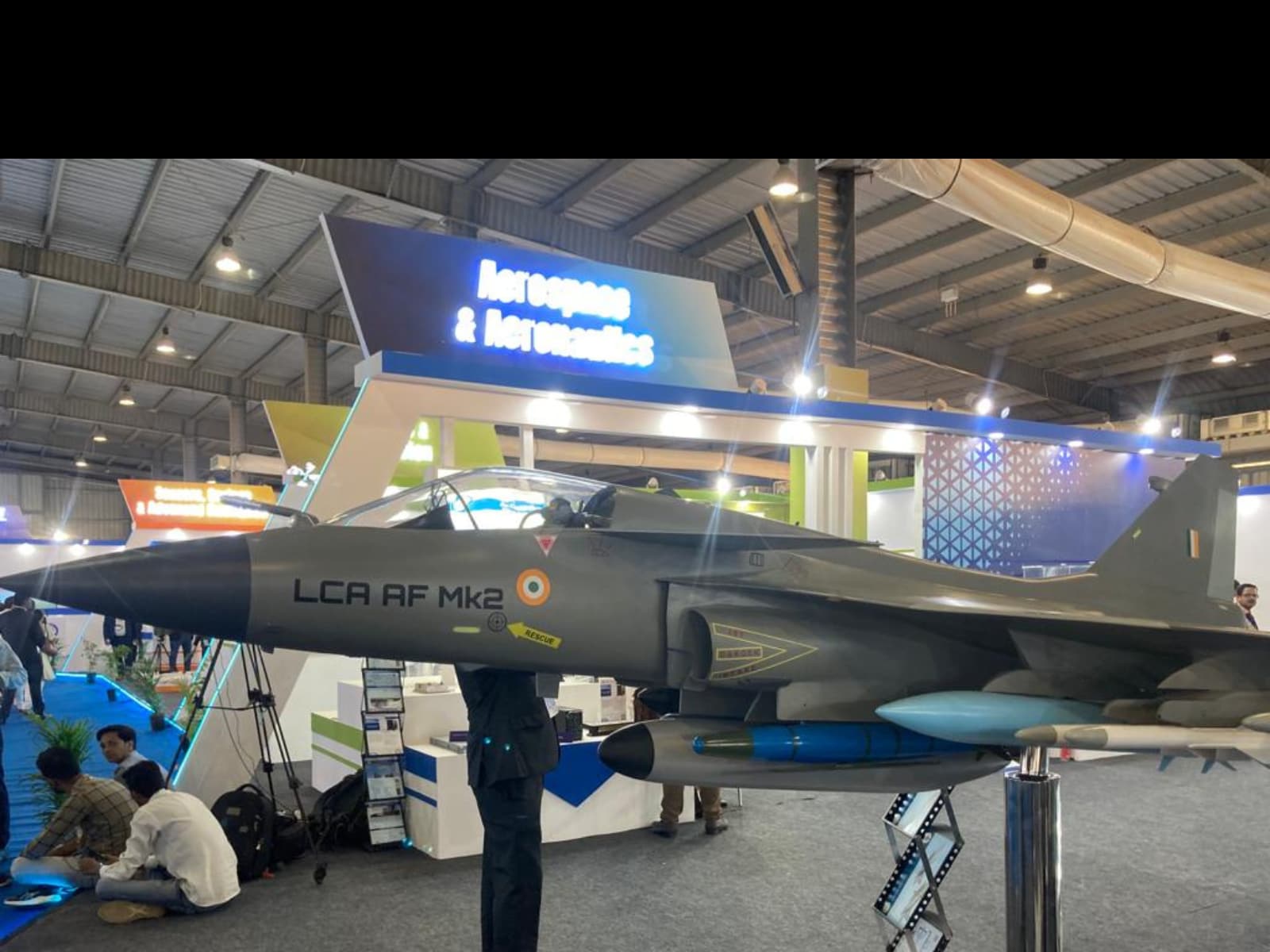
In a candid critique, Retired Indian Air Force (IAF) officer Vaidya has expressed concerns over Hindustan Aeronautics Limited’s (HAL) ability to ramp up production and meet delivery commitments, suggesting that failure to do so might inadvertently open the door for private sector involvement in fighter jet manufacturing. Speaking to the idrw.org, Vaidya highlighted that HAL’s current trajectory could prove detrimental to its position as India’s premier aircraft manufacturer.
Vaidya’s remarks come at a time when HAL is already facing scrutiny over its delivery schedules for projects like the Tejas Mk1A. With the IAF looking to procure 97 more of these advanced light combat aircraft, the pressure is on HAL to not only increase production but also to ensure timely deliveries. The officer noted, “If HAL flatters to increase production and ramp up its deliveries, then HAL might have shot itself in the leg,” indicating that inefficiencies could lead to a loss of confidence from the military and potentially from the government.
Continue readingSOURCE: IDRW.ORG
The Ministry of Defence, Government of India, has issued a Request for Information (RFI) to identify interested vendors for the indigenous manufacturing of 40mm Anti-Drone Ammunition under the “Make in India” initiative. This marks a significant step in India’s efforts to bolster its defense capabilities and reduce reliance on imports while fostering self-reliance in the defense manufacturing sector.
The RFI invites participation from both Defence Public Sector Undertakings (DPSUs) and private vendors. The objective is to identify potential manufacturers capable of producing 40mm Anti-Drone Ammunition that will be compatible with existing 40mm L/70 guns. The ammunition is specifically designed for the neutralization of drone threats, addressing a critical aspect of modern warfare where unmanned aerial systems are increasingly being used for surveillance, attacks, and other tactical operations.
Continue readingSOURCE: AFI

India’s defence capabilities are poised for a significant leap forward with the development of its 13-ton Unmanned Combat Aerial Vehicle (UCAV) stealth bomber. Among its advanced features, the aircraft will incorporate a Digital Beamforming (DBF) system, a cutting-edge technology that enhances the effectiveness and precision of radar and communication systems. This inclusion underscores India’s focus on equipping its next-generation stealth platform with state-of-the-art capabilities to ensure operational superiority.
Digital Beamforming (DBF) is an advanced signal processing technique used in radar, communication, and electronic warfare systems. It enables the precise shaping, steering, and focusing of radar or communication signals electronically, without the need for mechanically moving antennas.
Continue readingSOURCE: AFI
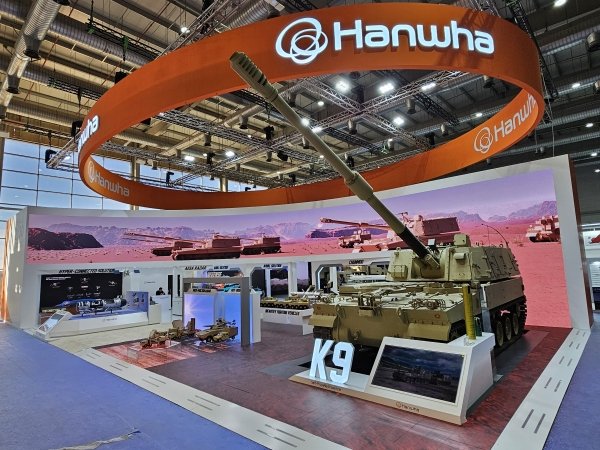
In a significant decision reflecting continuity in its military procurement strategy, the Indian Army has confirmed it will adhere to the MTU 1,000 hp diesel engines for its second batch of 100 K-9 Vajra self-propelled howitzers. This choice underscores the Army’s trust in the proven reliability and performance of the German-made MTU engines, which have been coupled with the Allison Transmission X1100-5A3 automatic transmission in the first batch of these formidable artillery units.
The K-9 Vajra, a variant of South Korea’s K9 Thunder, is manufactured in India by Larsen & Toubro (L&T) under a license from Hanwha Aerospace Co. The first batch of 100 howitzers was inducted into service with the same MTU engines, demonstrating their effectiveness in various terrains, including the high-altitude regions along India’s borders.
Continue readingSOURCE: AFI

The strategic landscape of the Indian Ocean Region (IOR) has been significantly altered with India’s launch of its third SSBN (Ship Submersible Ballistic Nuclear) earlier this year, prompting Pakistan to escalate its naval ambitions. In a strategic countermove, Pakistan has been actively lobbying China to procure an SSBN, not just at a friendly price but with the stipulation that it be operated by a Pakistani crew and with operational costs financed by China.
Pakistan’s desire for an SSBN is driven by the need to establish a credible second-strike nuclear capability, mirroring India’s strategic posture. However, China faces a dilemma as transferring or leasing such nuclear platforms violates its own and international non-proliferation commitments.
Continue readingSOURCE: AFI

In an enlightening interview at the Bharat Shakti YT Channale, Manoj Jain, the Chairman and Managing Director (CMD) of Bharat Electronics Limited (BEL), shed light on the capabilities of the MF STAR radar system, which is installed on many of India’s frontline warships. Jain’s revelations confirm the impressive range of this radar, setting the stage for enhanced naval defense capabilities through the integration of advanced missile systems like Project Khushab’s M1 and M2.
According to Manoj Jain, the MF STAR (Multi-Function Surveillance, Track and Guidance Radar) boasts a range of 400 nautical miles (approximately 750 kilometers). This extensive reach significantly extends the detection envelope for aerial threats, including fighter jets and Maritime Patrol Aircraft (MPA). The ability to detect enemy aircraft from such distances provides the Indian Navy with strategic advantages in terms of early warning and threat assessment.
Continue readingSOURCE: AFI
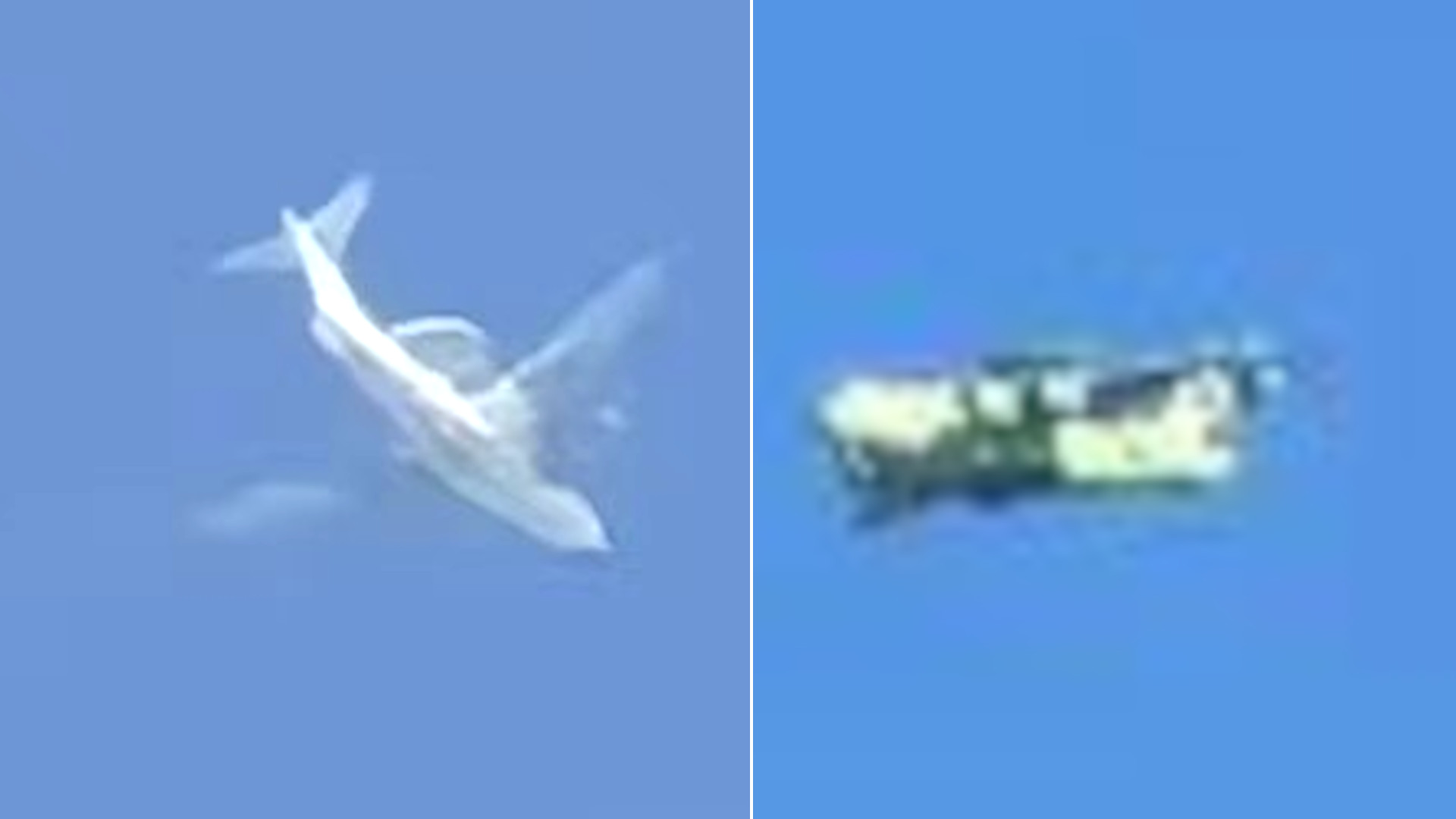
Recent pictures have surfaced of a new Chinese airborne early warning and control (AEW&C) aircraft, reportedly based on the four-engine Y-20 cargo plane. This development marks a significant advancement in China’s efforts to modernize its military aviation capabilities. With a robust AEW&C fleet largely composed of smaller turboprop platforms, this large, jet-powered AEW&C aircraft could serve as a successor or complement to the limited number of KJ-2000 Mainrings, which are built on the Russian Il-76 Candid airframe.
The adaptation of the Y-20 cargo plane into an AEW&C platform highlights China’s strategic foresight in leveraging indigenous designs for multiple roles. The Y-20, developed locally, provides a versatile platform with the payload capacity, range, and avionics suite to support various military applications. This move underscores the importance of self-reliance in developing military aviation infrastructure to meet evolving operational requirements.
Continue readingSOURCE: RAUNAK KUNDE / NEWS BEAT / IDRW.ORG
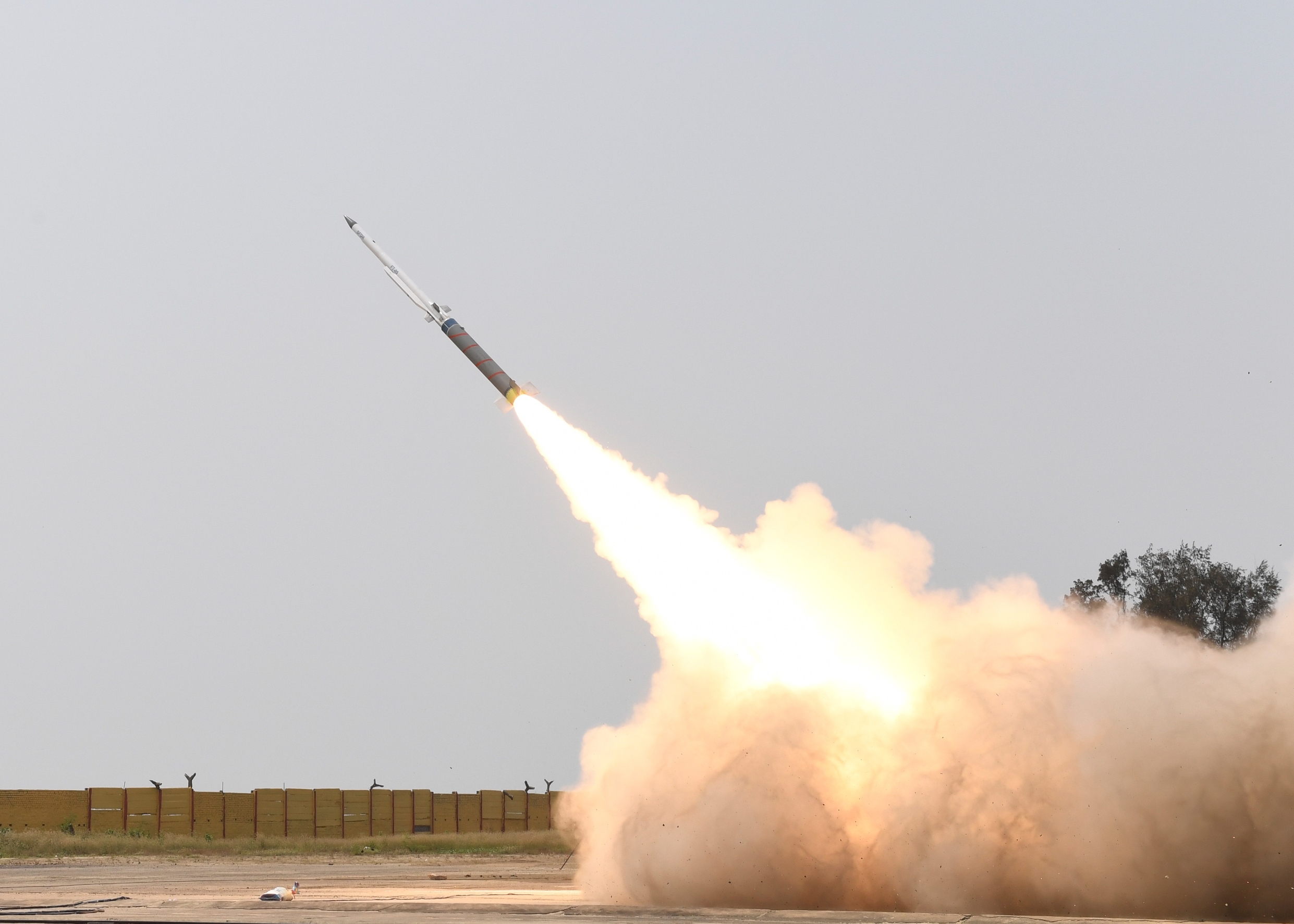
India’s Defense Research and Development Organisation (DRDO) has made significant strides with the Astra MK3, positioning it as a formidable contender in the realm of air-to-air missiles. Recent data showcases that the Astra MK3 boasts a 20% higher ramjet specific impulse compared to the European Meteor missile, suggesting that it could achieve greater speeds.
The ramjet specific impulse, which essentially measures the efficiency of the propulsion system in terms of thrust relative to fuel consumption, directly impacts the missile’s velocity. A 20% increase over the Meteor’s capabilities implies that the Astra MK3 can maintain higher speeds for longer periods, enhancing its engagement envelope during combat scenarios.
Continue readingSOURCE: RAUNAK KUNDE / NEWS BEAT / IDRW.ORG

India’s ambitious AMCA MkII (Advanced Medium Combat Aircraft) program, spearheaded by the Aeronautical Development Agency (ADA) and Hindustan Aeronautics Limited (HAL), is set to mark a significant milestone in the country’s quest for self-reliance in defence technology. To achieve a 90% indigenous component in the AMCA MkII, the project represents a crucial step in India’s broader push for greater indigenization in its defence sector. HAL aims to roll out the first AMCA MkII prototype by late 2028, with a focus on progressively increasing the use of domestic components as the program advances.
The AMCA MkII is designed to be a fifth-generation fighter aircraft, featuring cutting-edge stealth, advanced avionics, and high-performance capabilities. One of the key objectives of the program is to ensure that a significant portion of the aircraft’s components, systems, and technologies are of Indian origin. HAL and ADA have emphasized a target of 90% indigenous content in the AMCA MkII, setting the bar high for local manufacturing and technological development.
Continue readingSOURCE: RAUNAK KUNDE / NEWS BEAT / IDRW.ORG
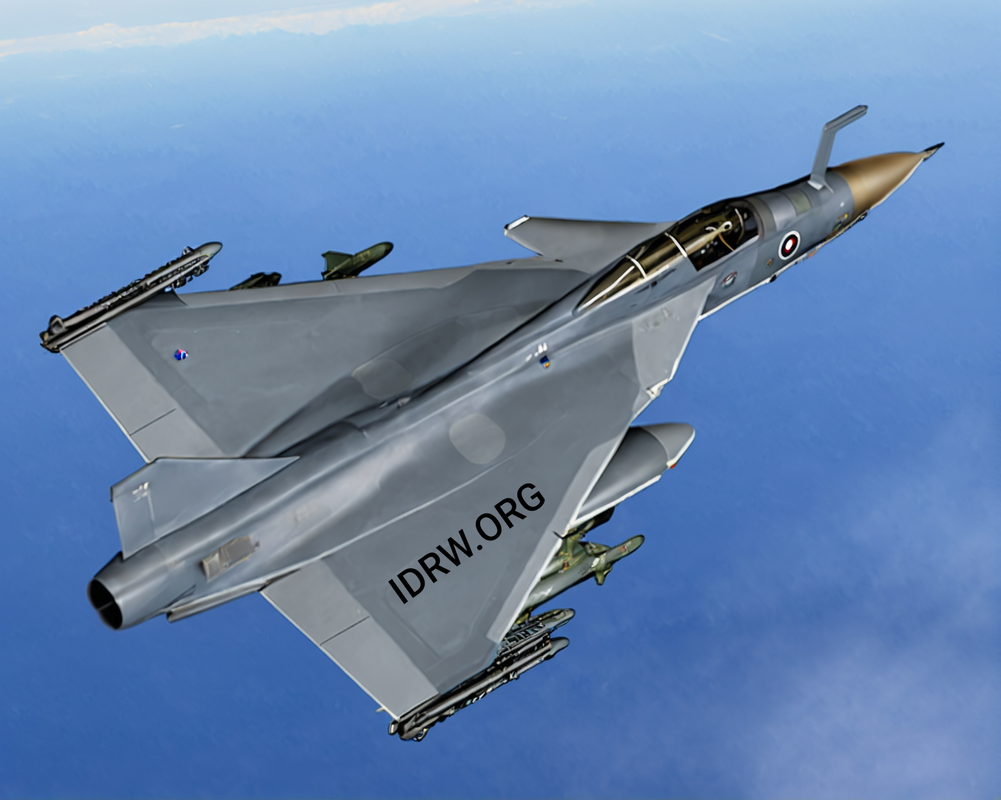
The Tejas MkII program, a cornerstone of India’s push for indigenous defence capabilities, has received a firm commitment from the Indian Air Force (IAF) for the procurement of 120 jets. According to an IAF official who spoke to idrw.org, this commitment is expected to not only break the 200-unit mark but could potentially extend to as many as 250 units over the course of the next decade.
The IAF’s commitment to the Tejas MkII comes as part of its larger strategy to modernize and enhance its combat fleet. The IAF has already placed firm orders for 220 Tejas Mk1/Mk1A aircraft from HAL, with 32 units already inducted into service. In addition to these, 83 Tejas Mk1A aircraft are currently on order, and a further 97 units are planned. With Tejas MkI and MkIA deliveries ongoing, the IAF is well on its way to surpassing the 147 units of the HF-24 Marut (India’s first indigenous jet), which were produced over almost two decades.
Continue reading